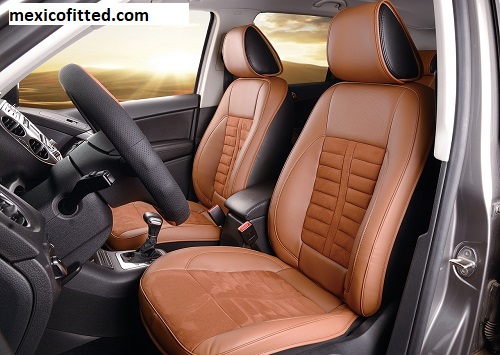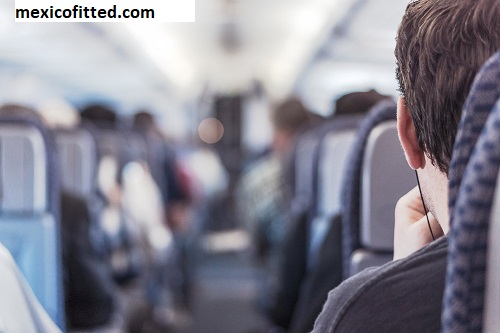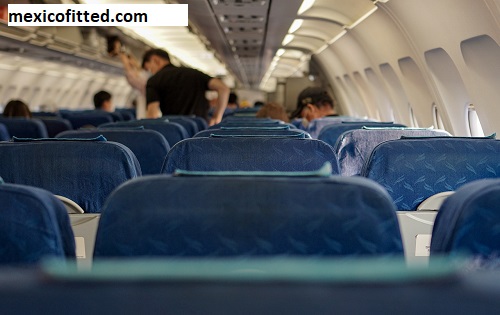The Traveling Parent: A Guide to Traveling with a Booster Seat:
Traveling:
Traveling with a booster seat is one of the ways to prepare for such travel with young children around. Especially when safety is always on the list of priorities. A booster seat brings your child up to a proper height for securing the use of a seatbelt so it makes traveling in the car the most absolute necessity. This is perfect for traveling across state lines by driving. By plane to another destination, or even taking taxis and renting cars locally. It is pleasant at least to know how to travel with a booster seat.

This article addresses the reasons why a booster seat is important, and its selection procedure. Tips on traveling using a booster seat, and key safety considerations for each traveling mode.
Why a Booster Seat is Important?
Traveling:
- Booster seats are critical as they ensure that a seatbelt fits the child properly. A seatbelt is made for adults and without a booster seat tends to lie on the child’s neck and abdominal cavity rather than snugly on the chest and hips. This improper fitting mainly increases injury in the event of a collision.
- Booster seats will lift the child so that the seatbelt fits snugly over his or her shoulder and lap, so it can provide proper protection.
- Most countries’ car laws require that the child use a car seat or booster seat up to some specific height, weight, or age. In terms of safety, you want to get your child as safe as possible in a car by using a booster seat.
Choosing the Best Booster Seat for Travel:
Traveling:
Booster seats come in varieties depending on the stage of the child’s development and type of transportation. Some of the essential factors that dictate the selection of a booster seat when traveling include easy portability, simplicity in installing the seat, and compliance with safety criteria.
Types of Booster Seats:
Traveling:
High Back-Booster Seats: These provide additional height boost, as well as more support to the back, so are best suited for longer car journeys when your child will probably need support for their head and neck. They are a bit bulkier, though, so not exactly travel-friendly in and of themselves for air travel or any situation in which the seat needs to be moved frequently from one car to another, in my opinion.
Backless Booster Seats – they are extremely light and portable. Good for traveling a little within areas, especially when moving around between cabs or rental cars. Good option when you need something that is carry-pack easy but lacks head or neck support as compared to the high-back one.
Booster Inflatable Seats:
Traveling:
These are a relatively recent innovation and were marketed solely for travel. They will inflate when ready for use, and deflate for convenience in packing a suitcase or backpack to carry along. Though safety compliant, one should then choose an excellent manufacturer, and make sure that the seat is also approved for travel within the country you are visiting.
Folding Booster Seats: As with the backless booster, this folding version can be folded up for easy storage, making this product a boon for the frequent traveler with family.
Pivotal Factors:
Traveling:
- Weight and Portability: A light, portable booster seat is always good for traveling. While most of the models have a handle or a carry bag, some are even designed with wheels for much easier movement.
- Ease of Installation: The easier to install the booster seat, the less hassle your trip is likely to be. Ensure that you choose a seat that you can easily and safely install in any car.
Airline Approval:
Traveling:
If you’re flying, determine whether the booster seat is approved for the airline. Most of the booster seats are car models; some may be only allowed for takeoff and landing.
Traveling with a booster chair:
Traveling:
1. Flying with a booster chair:
A booster chair is not strictly necessary in most airlines, but there is always the possibility it may be used when traveling by car. The lightest and inflatable booster chair can easily fit in your carry-on luggage, and thus you may as well have one awaiting you when you arrive.
If you are to fly, always check the policy of the airline about the booster seats. Here most children will sit directly on the airplane seat but for smaller children, a car seat might be needed; remember that it also applies to when you may rent a car. Booster seats can either be carried from home or they can also be rented out from the car rental company.
2. Using Booster Seats on rideshares or Taxi:
Traveling:
It is challenging when you need to use a booster seat to travel in a ride-sharing cab, especially in relocations that include going to areas that are unknown territories. However, as much as you can, it should always be used even for the shortest ride. The exceptional usage of cabs or taxis in specific cities and countries has been legalized, but safety officials state that there is always a need to make a booster seat an essential tool.

These inflatable and backless booster seats are the best to be utilized for rideshare services or taxis. You can take it along with you and attach it to the seat within seconds. It is always recommended to check the local laws. The seatbelt will fit perfectly with your child after attaching the booster.
3. Road Trips with a Booster Seat:
One consideration about road trips for your child is comfort, which might be very important considering that the journey would mostly be a long and tiresome one. Long journeys can be well taken care of using high-back booster seats because they give that extra feeling of support and cushioning to your child. Such seats can be used with travel pillows and blankets to make more comfortable long journeys.
If you are hiring a car, ensure that you check that the booster seat can be fitted onto the vehicle before you depart for a drive. The same layout of seat belts often applies in most cars as well, and you want to make sure that your booster seat is perfectly fitted.
4. Public Transport:
Booster seats may not be so necessary when you are traveling by train, bus, or any other public transport. But it can help a lot if you need to switch to a car or taxi that you have hired. Portable booster seats can fit into your backpack or suitcase easily and can easily be carried along with you in various modes of transport.
Safety Factor:
Traveling:
Whatever it may be-convertible, forward-facing, or rear-facing, the bottom line is to keep your child safe. Here are some safety dos and don’ts when traveling with a booster seat:
Expiration Date:
Just like all baby car seats, there is an expiration date for booster seats too. Be sure that the booster seat you buy is not expired and complies with the latest requirements in terms of safety.
Proper Installation:
Traveling:
Read the manufacturer’s guidelines about how to install a booster seat. Once you are done reading it, ensure that it is fastened well before you move ahead with your journey.
Check for Damages:
Check through the booster seat for signs of wear and tear before going on every trip. A damaged booster seat does not protect well in case there is an accident.

Pack Well:
Traveling:
Pack the booster in a carry bag while you are traveling by flight. This way, it gets good protection throughout the air travel.